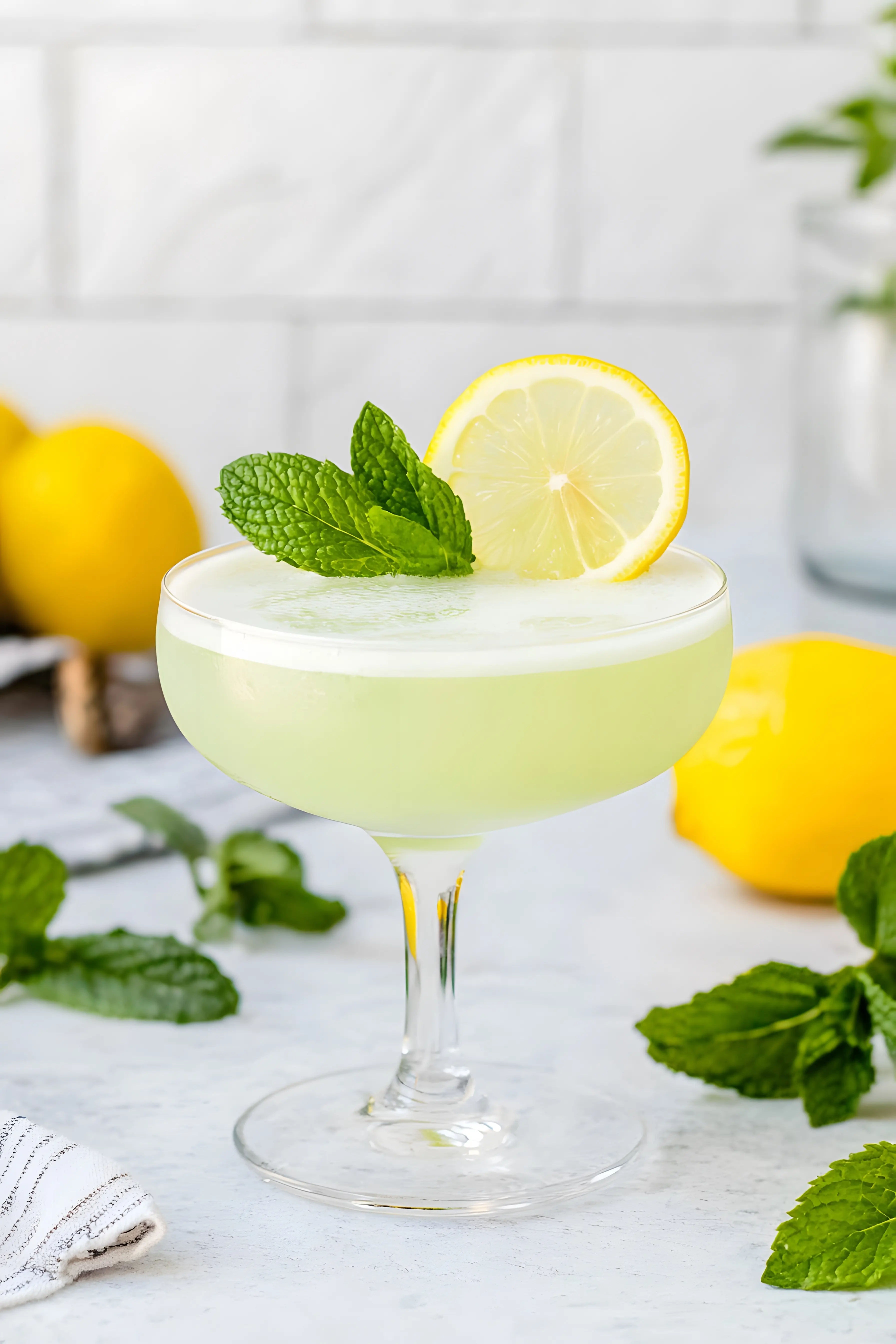Drumstick (Moringa Pods): Ayurvedic Uses, Benefits, and Side Effects
Discover drumstick benefits from moringa pods: nutrition, Ayurvedic uses, safe intake, side effects, and simple ways to cook Ayurvedic vegetables.

Written by Dr. Mohammed Kamran
Reviewed by Dr. Dhankecha Mayank Dineshbhai MBBS
Last updated on 12th Nov, 2025

Introduction
If you enjoy wholesome, plant-forward meals or follow traditional wellness practices, you’ve likely heard of drumsticks—also called moringa pods. These long, green pods come from the Moringa oleifera tree and are popular in South Asian cooking and Ayurveda. People often ask about drumstick benefits, how moringa pods fit into a healthy diet, and whether there are any side effects to consider. This guide brings you clear, reliable information on nutrition, traditional Ayurvedic uses, safe consumption, and practical cooking tips—so you can enjoy this classic member of Ayurvedic vegetables with confidence.
What Are Drumsticks or Moringa Pods?
Moringa pods are the immature seed pods of the Moringa oleifera tree. They are commonly called “drumsticks” because of their shape. The pods have a firm outer skin with soft, edible flesh and tender seeds inside when young. In many Indian, Sri Lankan, and Southeast Asian dishes, drumsticks add a delicate, slightly earthy flavour and a gentle crunch, especially in curries, sambar, soups, and stews.
Consult a Top Ayurveda Specialist for Personalised Advice
Key Drumstick Benefits: What Science and Tradition Suggest
Like most non-starchy vegetables, moringa pods are a nutrient-dense food that can fit into a balanced diet. Here are the main ways they may support health:
Nutritional Benefits
- Natural source of vitamins and minerals: Moringa pods provide vitamins (including vitamin C) and minerals in modest amounts, which support overall wellness as part of a varied diet.
- Dietary fibre for digestion: The pods supply dietary fibre that supports regular bowel movements, helps you feel fuller for longer, and contributes to a heart-healthy eating pattern.
- Antioxidant support: Vitamin C and other plant compounds in moringa pods act as antioxidants, which help protect the body’s cells from everyday oxidative stress.
- Heart-friendly eating pattern: A plate rich in vegetables—including moringa pods—tends to be lower in sodium and higher in fibre and potassium-rich foods overall, which supports healthy blood pressure and cholesterol levels as part of an overall healthy lifestyle.
- Blood sugar considerations: Early research on moringa (most often focused on leaves, extracts, or mixed preparations, not just pods) suggests potential for helping support healthy blood sugar levels. More high-quality human studies are needed, and food-based intake is different from concentrated supplements.
Important Perspective on Evidence
- Most strong clinical research on moringa focuses on the leaves or extracts. Pods are a wholesome vegetable, but specific therapeutic claims about moringa pods alone are limited.
- As with any plant food, think of drumstick benefits as part of an overall healthy pattern—plenty of vegetables, fruits, whole grains, lean proteins, healthy fats, regular activity, and good sleep.
Drumstick in Ayurveda: Traditional Uses and Culinary Wisdom
In Ayurveda, the moringa tree is known as “Shigru.” It has been traditionally used as a household remedy and as an everyday vegetable. While modern clinical research is still developing, here’s how moringa fits into Ayurvedic food wisdom:
- An everyday ayurvedic vegetable: Moringa pods are used in home cooking to encourage a balanced, seasonal diet.
- Digestive support: In traditional practice, moringa is included in meals believed to kindle digestive fire (agni) when cooked with spices like cumin, mustard seeds, ginger, and black pepper.
- Balancing qualities: Moringa is often described as light and warming, commonly paired with ghee or sesame oil and spices to support digestibility.
Note: Ayurvedic uses are part of traditional practice and not a substitute for medical care. Always consult your clinician for any health condition or before using herbal supplements.
How to Use Drumsticks in Your Kitchen?
You don’t need to overhaul your diet to enjoy them. Try these easy ideas:
Simple Prep
- Rinse well, trim the ends, and cut the pods into 2–3 inch pieces.
- For very mature pods, slit lengthwise and scoop out the tender inner flesh and seeds, discarding the tough outer skin.
Cooking Methods
- Simmer in sambar, dal, rasam, and vegetable curries
- Add to brothy soups and stews for texture and mild flavour
- Steam or pressure-cook until tender; then temper with mustard seeds, curry leaves, cumin, garlic, and a squeeze of lemon
Flavour Pairings
Onion, tomato, coconut, tamarind, turmeric, cumin, coriander, black pepper, garlic, and ginger work well with moringa pods.
Portion Guidance
- 1–1.5 cups of cooked drumsticks can count as a vegetable serving.
- Aim for a variety of vegetables across the day.
Are Drumsticks Better Raw or Cooked?
Drumsticks are better when cooked, because:
- Cooking softens the fibrous pod walls, enhances digestibility, and improves taste. A light simmer or pressure-cooking until tender is ideal.
- Keep them green and tender, not mushy, to retain texture and flavour.
Side Effects, Risks, and Interactions
Moringa pods are generally safe when eaten as a food, but a few points are worth noting:
Food Versus Supplements
- Food use: Eating moringa pods as part of meals is generally well-tolerated for most people.
- Supplements: Concentrated powders, capsules, or extracts can be much stronger than food and may interact with medicines. Quality can vary widely. Use supplements only if you and your healthcare provider decide they’re appropriate.
Possible Side Effects
- Digestive upset: Large amounts or sudden increases in fibre may cause gas, cramping, or loose stools. Increase portion sizes gradually and drink enough water.
- Allergies: Rare, but anyone can be sensitive to a new food. If you notice itching, swelling, or trouble breathing, seek medical care.
Who Should Be Cautious
- Pregnancy and breastfeeding: Culinary amounts of moringa pods are commonly consumed in traditional cuisines. However, moringa root and bark are not recommended due to compounds that may be unsafe in pregnancy. Avoid high-dose supplements unless your clinician approves.
- Diabetes or blood pressure medications: Because moringa preparations may affect blood sugar or blood pressure, supplements could enhance the effects of your medicines. Monitor closely and speak with your clinician before starting supplements.
- Surgery: Stop herbal supplements at least 2 weeks before surgery unless your surgical team advises otherwise.
Quality and Safety Tips
- Stick to food first: Enjoy moringa as a vegetable. If considering supplements, choose reputable brands that follow good manufacturing practices, and discuss with your clinician or pharmacist.
- Wash and cook properly: Clean produce, separate raw and cooked foods, cook thoroughly, and refrigerate leftovers promptly to reduce foodborne illness risk.
Buying, Storing, and Handling Tips
- Buying fresh: Look for firm, bright green pods without cracks or shrivelling. Younger pods are more tender.
- Storing: Keep unwashed pods in a breathable bag in the refrigerator and use within 3–5 days for best quality.
- Freezing: Parboil cut pieces for a few minutes, drain, cool, and freeze for later use.
- Convenience options: Frozen, pre-cut drumsticks are widely available in many grocery stores and work well in soups and curries.
How Do Moringa Pods Compare with Moringa Leaves?
Comparison of moringa pods and leaves includes:
- Leaves: Often richer in certain nutrients (for example, they typically contain more calcium and vitamin A precursors). Most research uses leaves or leaf extracts.
- Pods: Mild flavour, versatile in cooking, a good source of fibre and vitamin C, and easy to incorporate into family meals.
- Bottom line: Both can fit in a healthy diet. Choose what you enjoy and can prepare consistently.
Practical Ways to Add Drumsticks for Everyday Health
Some ways to add drumsticks to everyday health are:
- Add 1 cup of cooked moringa pods to your weekly sambar or dal.
- Stir chopped pods into vegetable soups or chicken broth for extra fibre.
- Make a quick side: Steam pod pieces, then toss with a tempering of mustard seeds, cumin, curry leaves, minced garlic, and lemon juice.
- Combine with other ayurvedic vegetables like okra, ridge gourd, pumpkin, or bitter gourd for variety.
Conclusion
Moringa pods are a simple, tasty way to enjoy a time-tested member of ayurvedic vegetables. While modern research on specific moringa pod benefits is still emerging, drumsticks clearly fit into a nutrient-rich eating pattern, offering fibre, vitamin C, and antioxidant support. Prepare them well, enjoy them often, and focus on variety and balance in your overall diet. If you’re curious about supplements, discuss them with your healthcare provider to stay safe and make informed choices.
Consult a Top Ayurveda Specialist for Personalised Advice
Consult a Top Ayurveda Specialist for Personalised Advice

Dr. Pepsy Jose
Panchakarma Practitioner
14 Years • BAMS, MD Ayurveda (Panchakarma)
Bengaluru
AYURRHYTHM HOLISTIC CLINIC AND PANCHAKARMA THERAPY, Bengaluru

Dr. Rik Sadhukhan
Ayurveda Practitioner
8 Years • BAMS
Kolkata
Vedhive Ayurveda, Ballygunge, Kolkata

Dr. Anjan Das
Ayurveda Practitioner
8 Years • Ayurvedacharya ( B.A.M.S )
Dumdum
Vedhive Ayurveda Clinic, Dumdum

Dr. Shiv Prakash Singh
Ayurveda Practitioner
19 Years • BAMS
Kolkata
Vedhive Ayurveda College Street, Kolkata
Consult a Top Ayurveda Specialist for Personalised Advice

Dr. Pepsy Jose
Panchakarma Practitioner
14 Years • BAMS, MD Ayurveda (Panchakarma)
Bengaluru
AYURRHYTHM HOLISTIC CLINIC AND PANCHAKARMA THERAPY, Bengaluru

Dr. Rik Sadhukhan
Ayurveda Practitioner
8 Years • BAMS
Kolkata
Vedhive Ayurveda, Ballygunge, Kolkata

Dr. Anjan Das
Ayurveda Practitioner
8 Years • Ayurvedacharya ( B.A.M.S )
Dumdum
Vedhive Ayurveda Clinic, Dumdum

Dr. Shiv Prakash Singh
Ayurveda Practitioner
19 Years • BAMS
Kolkata
Vedhive Ayurveda College Street, Kolkata
More articles from General Medical Consultation
Frequently Asked Questions
What are the top drumstick benefits?
Drumsticks (moringa pods) offer fibre, vitamin C, and antioxidant plant compounds. As part of a balanced diet, they support digestion and overall wellness. Research on specific therapeutic effects is still developing.
Are moringa pods and moringa leaves nutritionally the same?
No. Both are nutritious, but leaves typically contain higher amounts of some vitamins and minerals. Pods are milder in taste and a great way to add fibre and vitamin C to meals.
Are drumsticks safe during pregnancy?
Culinary amounts of moringa pods used in meals are generally considered acceptable. Avoid moringa root and bark, and do not start high-dose supplements without your obstetric provider’s guidance.
Can moringa pods help with weight loss?
No single food causes weight loss. However, fibre-rich vegetables like moringa pods can help you feel fuller and support a calorie-conscious eating pattern when combined with regular physical activity and overall healthy habits.
Is it better to take moringa supplements or eat the vegetable?
Food first is best. Eating moringa pods as a vegetable is simple, affordable, and safer. If you’re considering supplements, talk with your clinician—especially if you take medicines for blood sugar or blood pressure—and choose a reputable brand.




